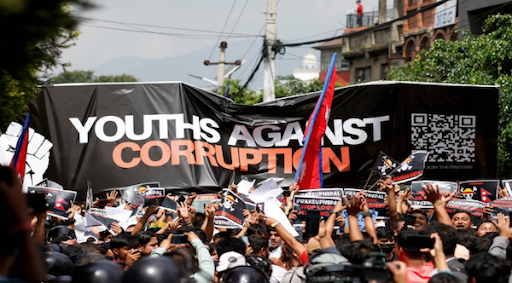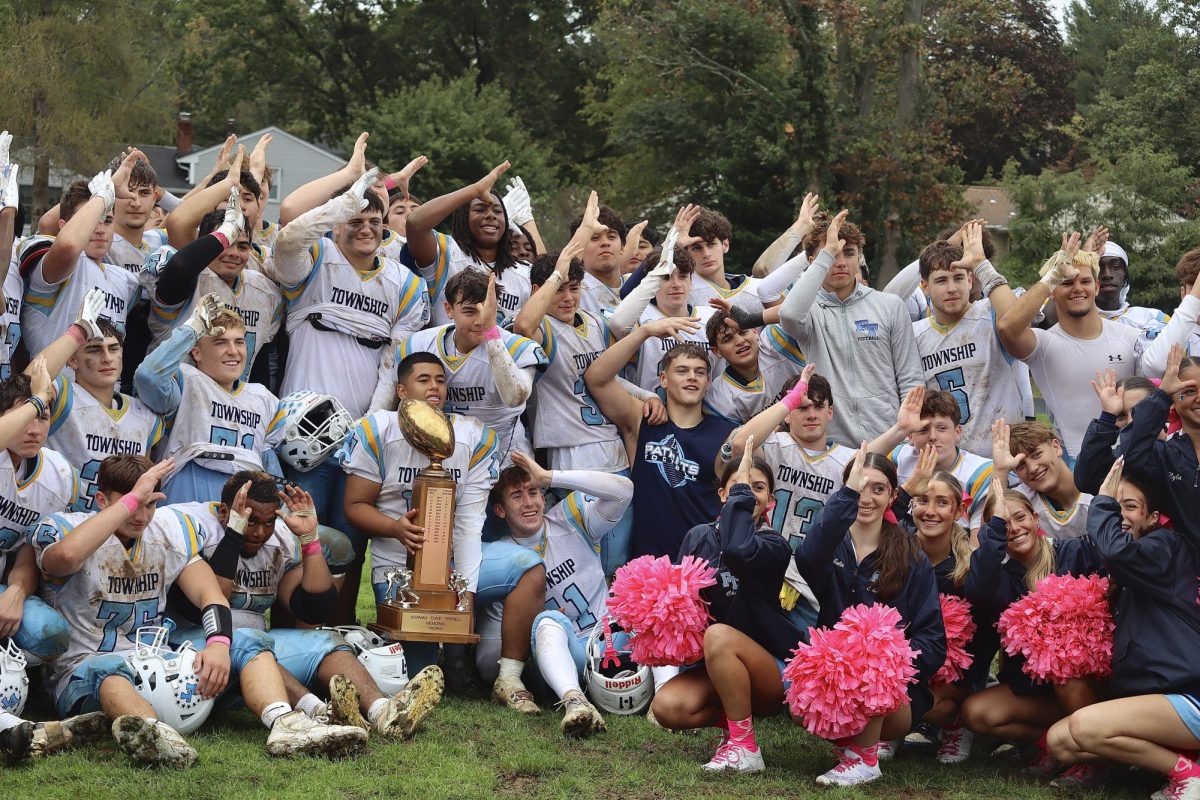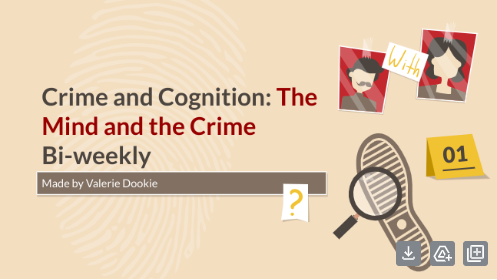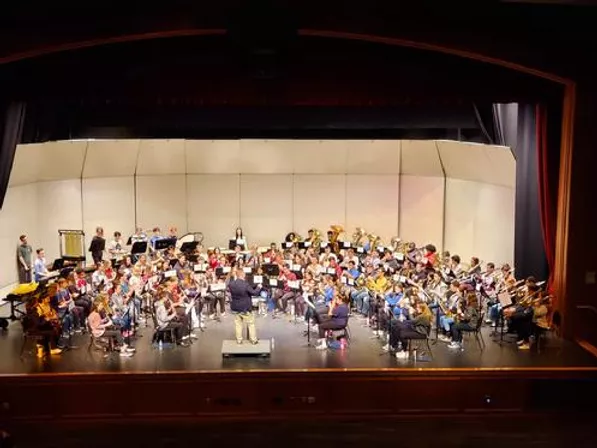
From widely recognized protests in Nepal to previous and current anti-corruption protests across the Philippines, Indonesia, Sri Lanka, Bangladesh, and more—one thing is for sure: Gen-Z is paving the way for change.
In these countries, protests were sparked by the realization that people in power, along with “nepo-babies,” continued getting richer while the majority of people in their country suffered. Across social media, many children of government officials were seen flaunting their expensive belongings.
For instance, in Nepal, a politician’s lavish marriage ceremony caused large traffic jams, leading to public outrage. Soon after, many more people began seeing more and more politicians and their children on social media with supercars, luxury bags, mansions, and extravagant vacations. One photo in particular went viral of a provincial minister’s son surrounded by gift boxes from brands such as Louis Vuitton, Gucci, Cartier, and Louboutin.
Nepal
As frustrations built, Nepali students unified to assemble. On September 8th, thousands of young people between the ages of 13-28 gathered at Nepal’s capital, Kathmandu.
Even long before recent events, many Nepalis saw their country with a history of corruption and political instability, being that the government had been able to complete its term in 3 decades. These perspectives were reflected especially on social media, with Nepali youth being outspoken against corruption, nepotism, unemployment, and inequality. When 26 apps like YouTube, Instagram, X, WhatsApp, and Facebook were banned, their breaking point was reached. Many accused the government of wanting to silence their free speech.
Inspired by protests in Indonesia in August, the Sri Lankan movement that led to the fall of their president in 2022, and finally the student-led revolution in Bangladesh, Nepali students organized themselves to peacefully protest at the capital. They gathered wearing their school uniforms, holding books.
Clips of young Nepalis lying underneath tanks, balancing atop buildings, holding their flag, people playing UNO amidst the chaos, and even one boy bravely walking towards water cannons, have gone viral, capturing the world’s attention. Viral edits with clips of Nepalese students to the songs “Timeless” and “The Winner Takes It All” took over social media, fueling the movement for the world to see.
However, not everything remained positive. When a handful of protesters got out of control, entering and vandalizing the Parliament building, authorities responded with force. They used water cannons, tear gas, and even bullets, resulting in the tragedy of more than 20 students killed.
Heartbroken parents were left to mourn the loss of their children. 21-year-old Subash Bohora died outside the Parliament building after being shot in the neck. His family, interviewed by the BBC, said he once had dreams of becoming a judge. 19-year-old French language student, Ayush Thapa, was shot in the chest. 22-year-old Rashik Khatiwada was shot twice in the chest. His uncle, Rasik KC, learned of his death in a gut-wrenching way, seeing clips of his nephew on social media.
The bloodshed, unfortunately, led to even more violence. The very next day, protesters attacked and burned the Parliament House, the President’s office, the Supreme Court building, and even the homes of political leaders. Former Prime Minister Sher Bahadur Deuba and his wife were violently targeted and beaten up.
Later that day, Prime Minister K.P. Sharma Oli resigned.
On September 12, the new Prime Minister was elected. Sushila Karki, the first female leader, who was previously the Chief of Justice, was elected. She was agreed upon as a candidate after winning a poll on Discord.
In the end, violence is never the answer. During the unrest, criminals and looters took advantage of the chaos, causing widespread destruction. Yet despite all the turmoil and vandalism that occurred over these 2 days, recent clips of Nepali students are now going viral for their cleanup efforts—sweeping streets and helping rebuild the capital. Through their actions, the true reason these protests began shines through: to unite the nation.
Philippines
Similarly, in the Philippines, tens of thousands are protesting against government corruption. While students are leading the way, many others, including church groups, nuns, and celebrities, have joined in.
This comes after the investigation of the misuse of flood prevention funds. It is estimated that around 115 billion pesos have been lost due to “ghost projects” where government officials declare a funded infrastructure project as complete, even when they have never really been completed. Recently, government investigators have identified at least 421 ghost projects across the nation.
Typhoons have devastated the country numerous times, affecting communities in poverty the most. The Philippines is hit by around 20 times a year, and the intensity of floods is becoming worse due to climate change. However, the majority of damage may have been prevented if not for the draining of money initially for climate projects.
For months, protests have been ongoing. Filipinos remain resilient in the face of corruption and disaster. While President Ferdinand Marcos Jr. has been called to resign numerous times, he has not answered.















































